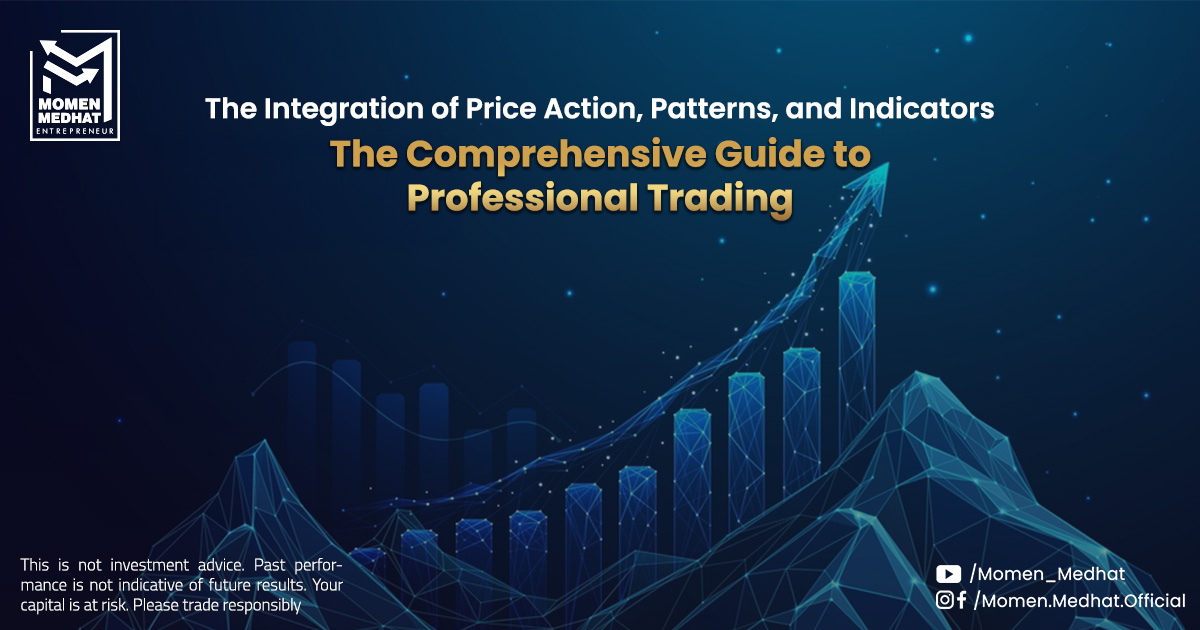
Imagine having a picture made of three pieces—each shows part of the truth. But when you combine them, the full picture appears!
This is exactly what happens when you integrate:
Price Action (raw market movement)
Chart Patterns (candlestick and chart formations)
Technical Indicators (mathematical tools)
Today, we’ll learn how to combine these tools to view the market more clearly than ever before.
What is it?
It’s the study of raw price movements without relying on indicators.
How does it help you?
Understand the market’s “language” directly
Identify real supply and demand zones
Read the mindset of big traders
What are they?
Repetitive shapes on charts that often predict future movements.
How do they help?
Provide clear entry signals
Help set realistic targets
Offer timing within a context
What are they?
Mathematical tools that process price data.
How do they help?
Confirm trade signals
Detect overbought/oversold conditions
Show trend strength
Identify key support and resistance zones
Look for major liquidity areas
Determine the overall market trend (uptrend/downtrend/sideways)
At key price levels, look for:
Reversal patterns (e.g., Head & Shoulders, Double Bottom)
Continuation patterns (e.g., Flags, Triangles)
Strong candlestick signals (e.g., Engulfing, Hammer)
Trend indicators (e.g., Moving Averages):
Confirm that the pattern aligns with the indicator trend
Momentum indicators (e.g., RSI):
Ensure no overbought/oversold signals
Volume indicators (e.g., OBV):
Confirm volume supports the move
Price Action: Price touches a strong support with a bullish reaction
Chart Pattern: Bullish engulfing + Hammer pattern
Indicators:
50 EMA is above 200 EMA (bullish trend)
RSI bouncing up from 30
Volume rising during the bullish candle
Price Action: Price hits major resistance and gets rejected
Chart Pattern: Shooting Star + Bearish Engulfing
Indicators:
50 EMA is below 200 EMA (bearish trend)
RSI dropping from below 70
High sell volume confirming pressure
✅ More accurate trade entries
✅ Fewer false signals
✅ Flexibility in different market conditions
✅ A comprehensive view of market dynamics
❌ Relying on only one element and ignoring the rest
❌ Overloading with too many indicators (conflicting signals)
❌ Ignoring the broader market context
❌ Rushing in before all elements align
Combining price action, patterns, and indicators is not a luxury—it’s a must for any serious trader.
Just like a professional chef knows how to mix ingredients in perfect balance, a professional trader knows how to blend analysis tools in harmony.
🔁 Final Tip: Start simple—use one or two indicators alongside price action and patterns. Don’t rush to add more tools until you master the basics.